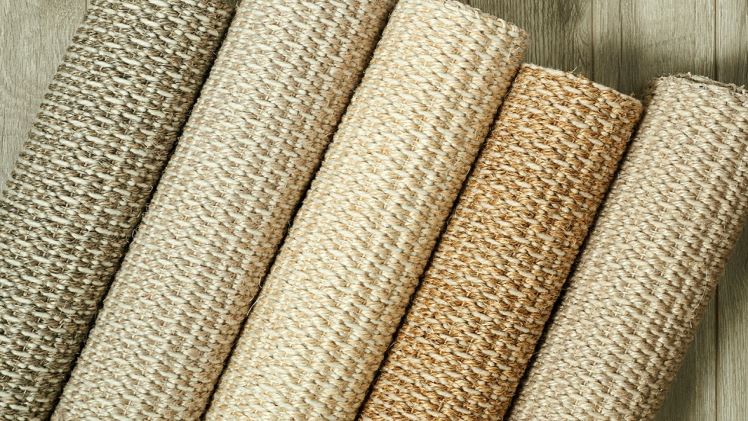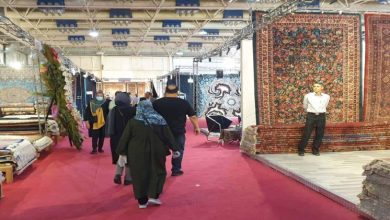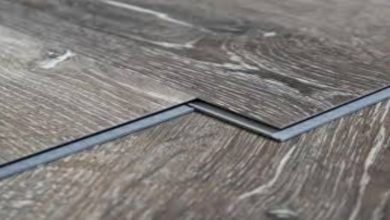Beautiful Techniques to Weave Sisal Carpets

Weaving Sisal carpets are renowned for their durability, eco-friendliness, and natural charm. Weaving sisal carpets involves intricate techniques that highlight the beauty of this sustainable material. Let’s delve into the process of creating these exquisite floor coverings.
Selecting Quality Sisal Fiber
The weaving process begins with selecting premium quality sisal fibers. These fibers are derived from the leaves of the Agave sisalana plant, known for its strength and resilience. Careful selection ensures a durable and visually appealing end product.
Preparation of Sisal Fibers
Before weaving commences, the sisal fibers undergo thorough preparation. This involves cleaning, drying, and sometimes dyeing the fibers to achieve the desired color palette. Proper preparation ensures uniformity and enhances the aesthetic appeal of the final carpet.
Foundation of Weaving
The weaving process relies on two primary elements: warps and wefts. Warps are the vertical fibers stretched tightly on the loom, serving as the foundation of the carpet. Wefts are woven horizontally through the warps, creating the intricate patterns and texture of the carpet.
Traditional Loom Setup
Crafting sisal carpets traditionally involves setting up a loom, a frame used to hold the warp threads in place while weaving. Looms come in various sizes and designs, allowing for flexibility in carpet dimensions and patterns. Skilled artisans meticulously arrange the warp threads on the loom, readying them for weaving.
Hand Weaving Techniques
Sisal carpets are often handwoven, adding a personal touch and attention to detail. Skilled artisans employ techniques such as plain weave, twill weave, and basket weave to create unique patterns and textures. Each weave style contributes to the overall aesthetics and functionality of the carpet.
Incorporating Patterns and Designs
Weavers have the creative freedom to incorporate various patterns and designs into sisal carpets. From simple stripes to intricate geometric motifs, the design possibilities are endless. Artisans use techniques like looping, knotting, and bundling to achieve desired patterns, adding character and visual interest to the carpets.
Finishing Touches
Once the weaving is complete, the sisal carpet undergoes finishing touches to enhance its durability and appearance. This may involve trimming excess fibers, securing loose ends, and adding binding or edging for a polished look. Finishing touches ensure that the carpet is ready to withstand foot traffic and maintain its beauty for years to come.
Quality Control and Inspection
Before the sisal carpet is ready for market, it undergoes rigorous quality control and inspection processes. Skilled craftsmen examine each carpet for consistency, durability, and overall quality. Any imperfections are addressed to uphold the reputation of excellence associated with sisal carpets.
Environmental Sustainability
One of the key appeals of sisal carpets is their eco-friendliness. Sisal fibers are biodegradable and renewable, making them an environmentally sustainable choice for flooring. The weaving process itself often employs traditional techniques that minimize environmental impact, aligning with modern principles of sustainability.
Conclusion
Crafting Timeless Beauty In conclusion, weaving sisal carpets is a labor-intensive process that yields timeless beauty and durability. Sisal carpets not only enhance interior spaces but also reflect a commitment to sustainability and craftsmanship.



